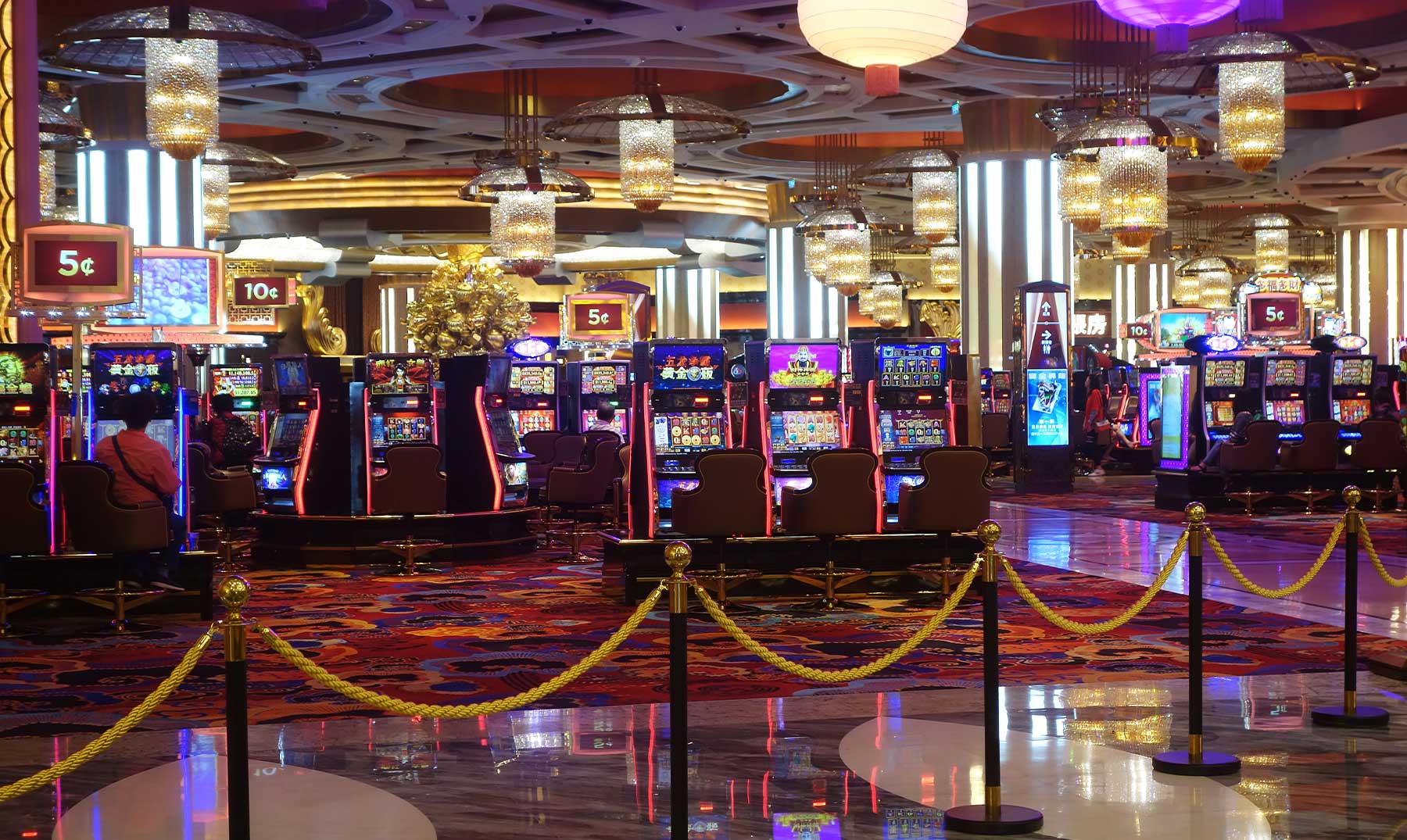
The sphere of casino games has long fascinated players with its combination of adventure, tactics, and the thrill of chance. With technology progresses and the gambling landscape transforms, an exciting approach known as game-based learning has commenced to reshape the way we engage with these classic activities. By including gaming elements such as challenges, prizes, and progress tracking, gamification enhances player interaction and changes the traditional casino environment into a much lively and immersive environment.
Gamification in gambling games not only appeals to experienced players but also draws in a new group of players who want a much involved experience. With elements that encourage participation and build community among players, the gamified elements infuse new life into cherished favorites like casino poker, 21, and fruit machines. In we dig further into this trend, we will analyze how this trend is transforming the casino atmosphere, making it more inclusive, enjoyable, and beneficial for all involved.
Understanding Gamification
Game mechanics refers to the implementation of gaming aspects in non-game environments to enhance user engagement and experience. In the world of casino games, this idea has achieved notable momentum, changing conventional gaming into a much dynamic and rewarding experience. By incorporating features such as points, tiers, and benefits, casinos can establish an atmosphere that encourages players to participate more often and for longer times.
At the core of gamification is the urge to leverage the internal drives of players. Gaming experiences that employ gamification techniques are shaped to not only entertain but also to promote competition and success. Players are often attracted to the immediate feedback and progress tracking that these elements provide. This not only retains them involved but also nurtures a notion of accomplishment as they attain milestones and access additional elements.
Additionally, gamification can enhance community interaction among players, creating a community atmosphere that improves the enjoyment of casino games. Features such as ranking systems, group contests, and collaborative tasks allow players to link with others, exchange stories, and battle in a friendly manner. This social aspect adds an extra layer to the experience, allowing it to be more engaging and pleasurable for gamers.
Impact on User Engagement
Game design methods in gaming establishments have greatly changed the way users interact with their favorite activities. By including aspects such as incentives, rankings, and accomplishment icons, gambling establishments create an setting that fosters a stronger connection between users and the experiences they enjoy. This enhanced engagement contributes to prolonged gaming sessions and heightened player dedication, as players work to unlock new milestones or receive special bonuses.
Furthermore, the social aspect of gamified casino games cannot be overlooked. Several sites allow users to battle against peers or other users, which introduces a layer of anticipation and camaraderie. https://bl555.casino/ This rivalry drives engagement by accessing into players’ desire to win, encouraging them to return for additional in order to raise their ranking or showcase their successes. As a result, the community engagement foster a spirit of community that motivates gamers returning.
Moreover, the instant responses and validation provided by gamification serve to encourage players. Whether a message of a new accomplishment or the thrill of earning a prize, these quick recognitions play a crucial role in maintaining engagement. By continually rewarding players for their efforts, casino games become more than just a leisure activity; they transform into an immersive engagement that entices players and boosts their overall enjoyment.
Trends in Casino Game Design
The entire landscape of gambling game design is continuously evolving, driven by tech innovations and evolving player preferences. One notable trend is the incorporation of interactive technologies, such as virtual reality and AR reality, to enhance the gaming experience. Such technologies create a more engaging environment, enabling players to feel as though they are in a real casino, which can lead to longer play sessions and increased player satisfaction.
A further trend is the integration of narrative elements into casino games. Game designers are focusing on storytelling to create a deeper connection between the player and the game. This narrative-driven approach not only makes the games more enjoyable but also encourages players to invest emotionally, which can enhance their complete experience. By blending traditional gaming mechanics with engaging stories, developers are drawing in a wider audience who may not have previously engaged with casino games.
Lastly, the rise of social gaming features is reshaping how players interact with casino games. Many games now incorporate social elements, such as broadcasting achievements or challenging with friends, to promote community and engagement. This trend reflects a move towards a more participatory experience, where players can link with others, sharing their excitement and challenges. As casinos adapt to these social dynamics, the experience of gaming becomes not just about solo play, but also about fostering connections among players.
